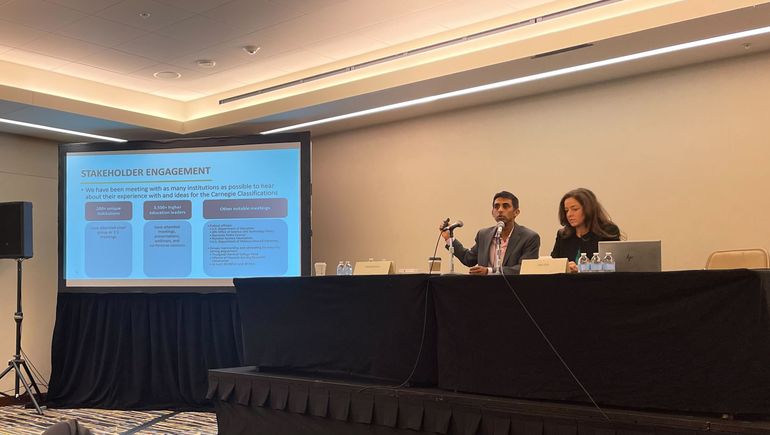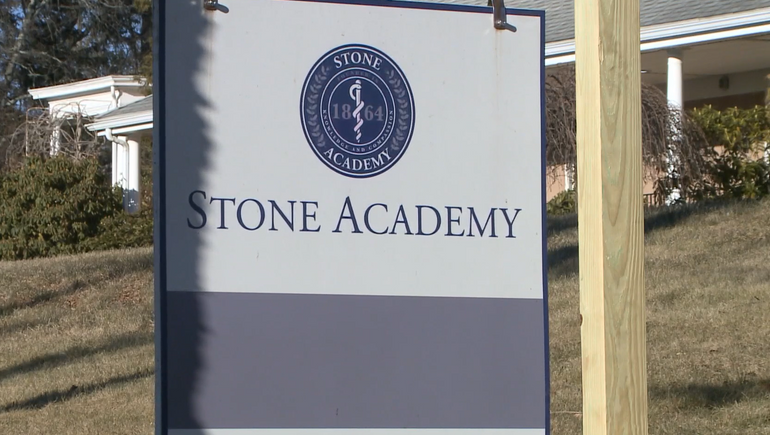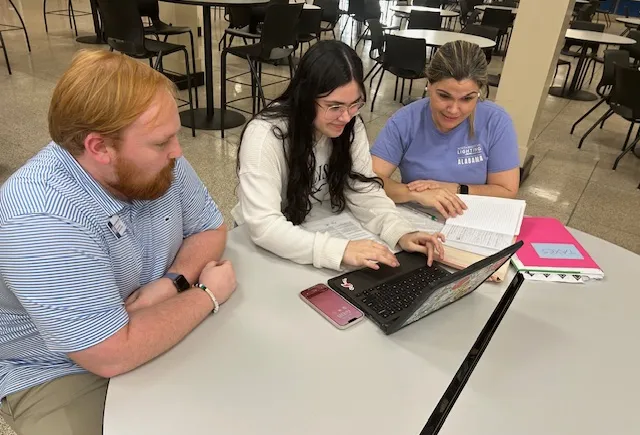[ad_1]
It’s a tale as old as time, or at least as old as several decades for higher education: colleges hyperfocusing on climbing the tiers of the Carnegie Classifications, a frequently used system of categorizing like institutions that debuted in 1973.
This dynamic is most frequently on display when colleges with doctoral programs try to hop into the Research 2, or R2, ranking — which designates institutions with high levels of research activity — or when they’re trying to move from R2 to R1, the top tier of institutions with very high research levels.
The perks of R2, and particularly R1, are many. Colleges tout their classification as a mark of prestige, which attracts student and donor attention. The most federal research dollars flow to R1 institutions.
Yet critics bemoan that some colleges have compromised their missions — and thus the quality of undergraduate education — in pursuit of R1.
The allure of reaching this status won’t dissipate anytime soon. But colleges will have a new path to get there.
Either in late 2024 or early 2025, the American Council on Education — which as of last year administers the Carnegie Classifications — wants to release colleges’ placements under a new formula. ACE says this new iteration will capture a more nuanced view of institutional missions.
ACE officials shared this planned timeline at the higher ed lobbying group’s annual meeting Friday in Washington, D.C. It first intends to publish the methodology behind the revised classifications this summer or fall.
Shortly after, it plans to premiere the framework for an entirely new Carnegie metric, one that will scrutinize colleges’ success in advancing students’ social and economic positions. It wants to finalize this social and economic mobility model in mid-2024.
What do the classifications look like now?
The traditional Carnegie Classification categories have remained relatively static since their introduction in the ‘70s. Colleges are sorted into groups based on the highest level of degree they award, which ranges from doctorates down to associate degrees.
Colleges also participate in elective classifications, like one that gauges how well they engage with their communities.
Initially devised as a tool to help researchers delve into higher education, the classifications almost immediately were leveraged for other purposes, said Mushtaq Gunja, an ACE senior vice president and executive director of the Carnegie Classification systems, during a Friday presentation.
Even though the classifications are not rankings, the higher ed world and beyond has essentially adopted them as such.
U.S. News & World Report, for instance, orders colleges in its rankings based on their Carnegie class. Doctoral universities, which include R1 and R2 institutions, are deemed “national universities” in U.S. News’ system.
For nearly a decade, starting in 2014, Indiana University housed the classifications. When a plan to transition them to Albion College, a private liberal arts institution in Michigan, fell through after a scandal with its president, ACE took them on.
The lobbying organization has a five-year management agreement with the classifications’ owner, the Carnegie Foundation for the Advancement of Teaching.
What could be included in a new classification system?
Gunja and Sara Gast, deputy executive director of the Carnegie Classification Systems, said Friday that 3,500 higher education leaders have attended meetings, presentations, webinars and the like to weigh in their experience with the classifications.
ACE has also met with U.S. Department of Education officials, as well as other federal agencies that provide research funding to colleges.
According to ACE officials, it will sort colleges in two ways at minimum. First, they’ll be grouped based on several yet-undecided characteristics. That could be their size, location, length of programs offered, or racial diversity on campus
Colleges will also be assigned a label based on their social and economic mobility outcomes. These could include retention and graduation rates, salary and job placement rates or debt repayment. ACE officials have said they envision colleges trying to advance on this metric with the same fervor as they do in trying to reach R1 or R2 status.
Skeptics of the new measure, however, have said federal agencies will still prioritize funding to colleges with the highest research designations.
Gunja and Gast said in interviews after Friday’s presentation that agencies like the Education Department and National Science Foundation have expressed interest in the new Carnegie systems, including social and economic mobility factors.
Gunja stressed several times during the session that factors ACE will use to cluster colleges have not been settled.
“The cake is not baked,” Gunja said.
But he and Gast provided examples of what a college’s profile would look like in the updated Carnegie system.
Northern Virginia Community College, under the current classification method, is deemed just an associate degree-granting college.
But under ACE’s potential structure, it could be evaluated not just for the primary type of degree it awards, which is an associate’s degree, but also its large mix of 63 academic programs, or the high number of enrolled students — more than 52,000 in fall 2020.
Will there be bumps in the road?
Reworkings of the Carnegie system will spur ripple effects across the higher ed landscape. The colleges currently striving to ascend the classification ladder are deeply interested in what metrics they need to improve to do so.
ACE will base its new placements that publish in late 2024 or early 2025 on data from the current academic year, Gunja and Sara Gast said.
It’s also unclear whether U.S. News will continue to rely on the classifications for its rankings.
The publication never sought permission to use the classifications in this way, which some college leaders abhor, Gunja said. But at the same time, institutions also often aim to rise in U.S. News’ rankings, which comes with its own perceived benefits, like donor and lawmaker interest, and thus, more money.
Moving up in Carnegie classifications is one way to accomplish this, Gunja said.
U.S. News declined to provide a comment by publication time Friday.
Some attendees during Friday’s presentation expressed concern over the possible metrics ACE is picking.
Gabriela Weaver, assistant dean for student success analytics and chemistry professor at University of Massachusetts Amherst, said while she appreciates ACE’s approach to the social and economic mobility metric, she’s worried about institutions being evaluated on return-on-investment.
Weaver said higher ed institutions should be evaluated on other successes than what graduates can earn.
This is true, Gunja and Gast said, but they pointed out policymakers and the public have become much more concerned with post-graduation earnings in recent years, so it’s fairly set that the new Carnegie model will evaluate colleges on this somehow.
“There’s so much pressure for our institutions to be responsive to that,” Gunja said.
[ad_2]
Source link









